
As is tradition, Major League Baseball will kick off the All-Star Game festivities by starting the clock on this year's amateur draft on Sunday, July 13. The Washington Nationals, fresh off firing top executive Mike Rizzo and manager Dave Martinez, will make the No. 1 selection for the third time in franchise history. (Their track record from that spot is pristine: they chose eventual ace Stephen Strasburg in 2009 and superstar outfielder Bryce Harper in 2010.)
With that in mind, we here at CBS Sports figured we'd put together a handy guide to the top storylines concerning this year's class. Below, you'll find five particular questions -- and our attempts at answers -- that should help you get in the proper mindset ahead of the Nationals making their pick.
Got it? Good. Let's roll.
2025 MLB Draft rankings: Top 30 players in class, including Eli Willits, Jamie Arnold, Ethan Holliday and more
R.J. Anderson
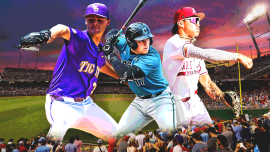
1. Is this considered a strong class?
If you like prep shortstops or college lefties, then you're in luck: this class has something for you.
Otherwise? Scouts have spent months bemoaning the lack of good collegiate hitters, as well as the general uncertainty beyond the tip-top of the class. There's a sense that you could draw names from a hat in the 20 to 60 range without it making much difference to anyone.
Of course, there's plenty of research out there suggesting human beings -- even our beloved insiders -- aren't great at predicting the future in any context. For evidence of that dynamic at play in a draft setting, just consider what one executive told Baseball Prospectus back in 2006: "It's unbelievable. It's now appalling how bad this draft is. It's that extreme."
That supposedly dreadful class produced lefties Clayton Kershaw and Andrew Miller, righties Max Scherzer and Tim Lincecum, and third baseman Evan Longoria in the first round alone.
2. Who goes No. 1?
That's a question that the Nationals themselves may not have an answer to at this point. Talk to any scouting director worth their weight in Marriott points and they'll tell you that these decisions are usually made late in the process, when negotiations move past the posturing phase.
With that said, there have been a lot of rumors in the past month connecting the Nationals to LSU lefty Kade Anderson. If he turns out to be the pick, it would be a sensible one on paper. Anderson can move quickly and projects as a mid-rotation starter at the next level.
If the Nationals were to go by my board -- and they shouldn't, for their own sake -- they would pick Oklahoma prep shortstop Eli Willits. He has a well-rounded game and happens to be extremely young for this draft class, an attribute that has been found to be favorable for future success.
3. How do the college lefties sort out?
Anderson isn't the only promising collegiate southpaw for the Nationals (and other clubs) to consider. There's also Tennessee's Liam Doyle -- arguably the breakout star of the college baseball season -- and Florida State's Jamie Arnold, who entered the spring ranked atop my preseason draft list.
I ended up ranking them Anderson, Doyle, Arnold, in that order. Anderson has a broad arsenal and passed his SEC vetting; Doyle has an elite fastball, but will face questions about his delivery and track record; and Arnold, who slipped after an OK year, has the modern low-slot release point and a good four-pitch repertoire that, again, had evaluators viewing him as a No. 1 candidate a few months back.
4. What about the prep infielders?
Likewise, Willits isn't the only talented prep shortstop on the board -- heck, he's not the only infielder from Oklahoma with big-league bloodlines available to teams. Lest anyone forget, there's the most famous player in the class as well: Ethan Holliday, who has the potential to develop into a slugging third baseman with due time.
Beyond Willits and Holliday, some names to know include Billy Carlson (a slick-fielding shortstop from California), Gavin Fien (another Cali product, albeit without the clear future at shortstop), JoJo Parker (a Mississippi youngster who continues to climb boards), and Kayson Cunningham (a middle infielder from Texas with some real offensive chops).
Given how weak the crop of college hitters is, it's not out of the question that there's an early run on prep bats as teams attempt to gain as much value as possible from their first selections.
5. Any surprises?
You mean other than the Nationals firing their top decision-maker a week before they're on the clock?
There's always room in a class like this for deviation. Teams are incentivized, to an extent, to go underslot and save money that they can repurpose for additional bites at the apple later on. If enough clubs in the top half of the first round take that approach, then you could have some unexpected fallers. What that entails, exactly, is to be determined by the draft rooms across the league.
The good news is that we're only a few days away from finding out.

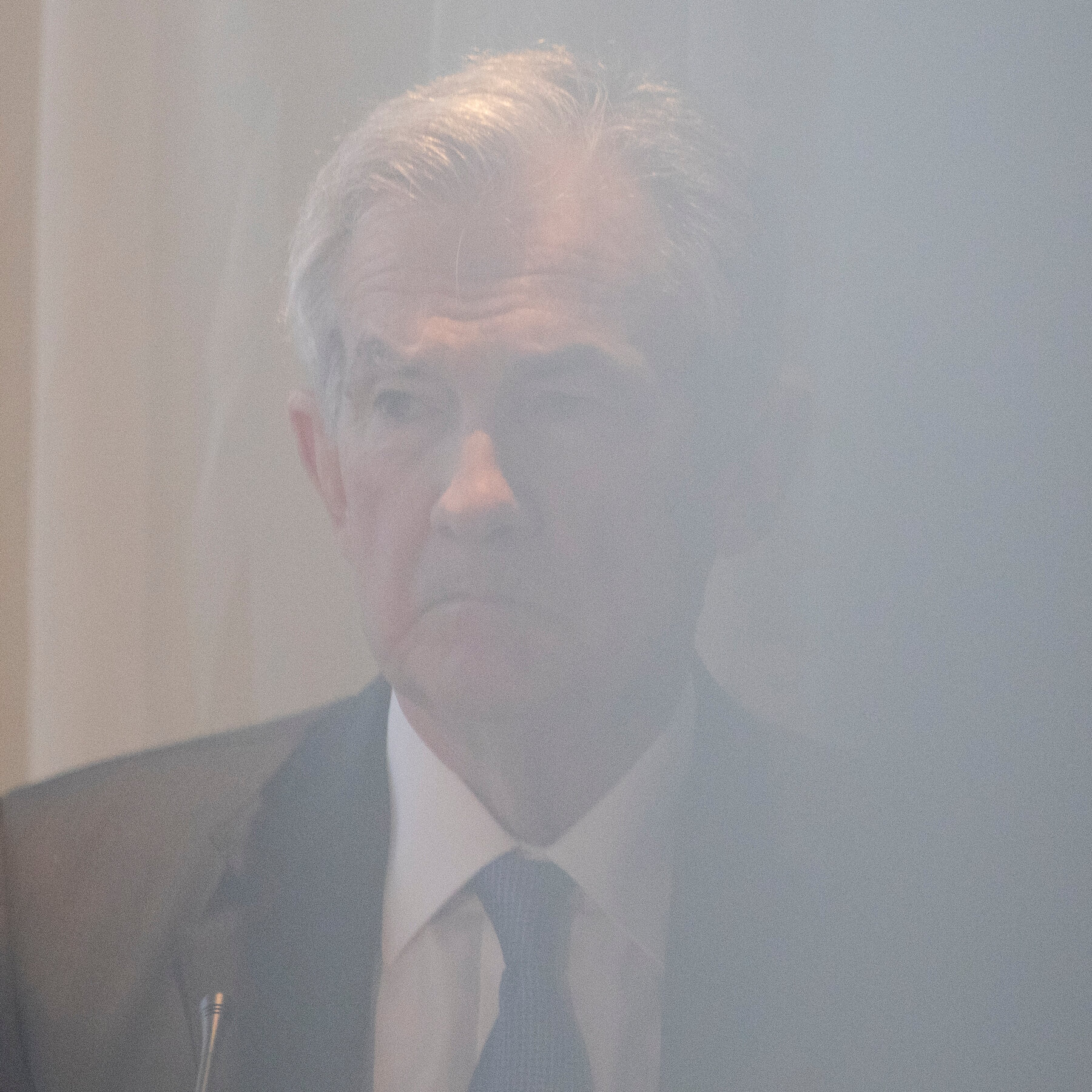



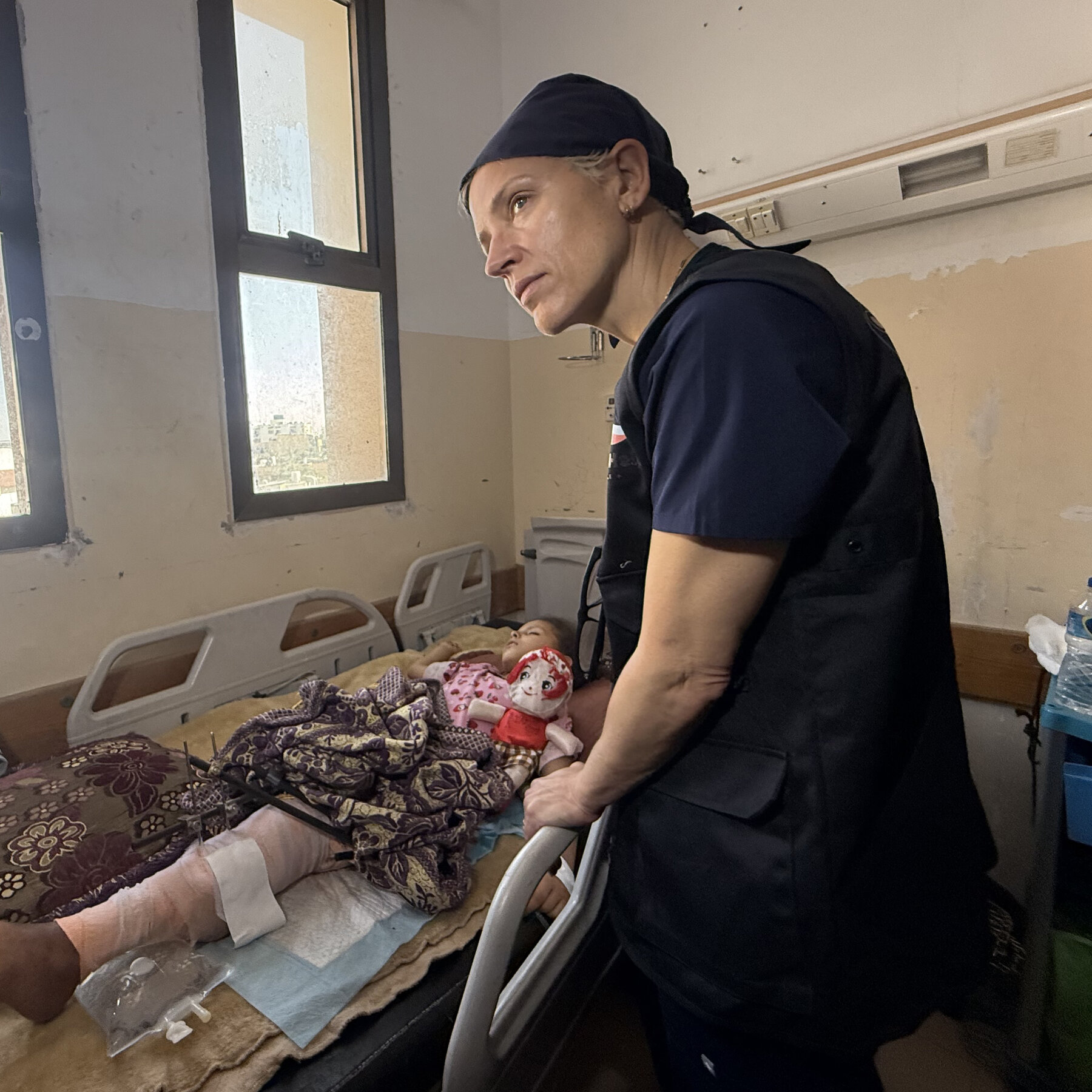
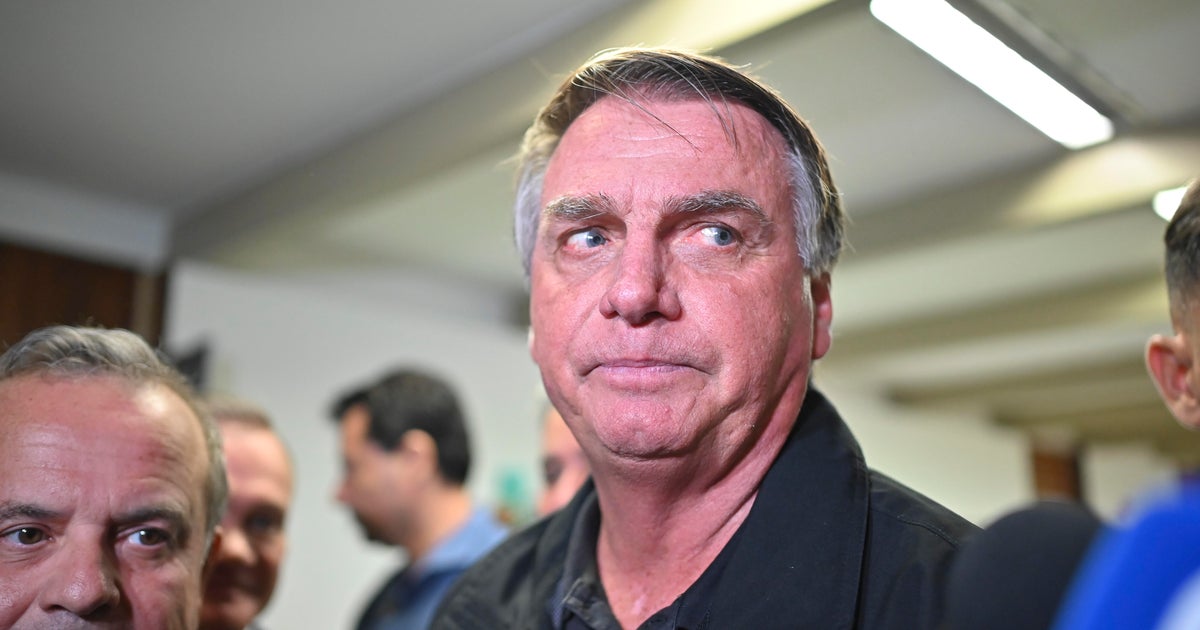
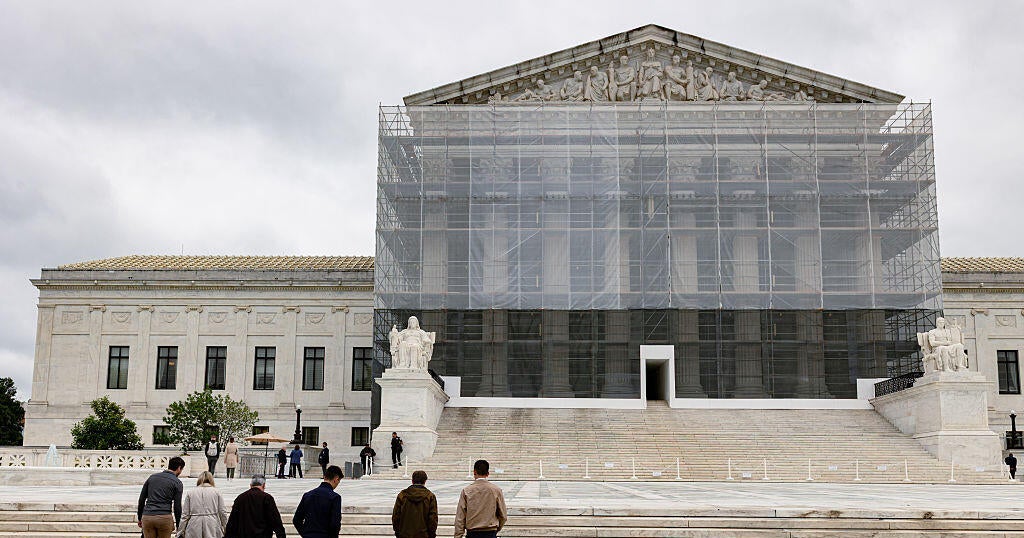
-3.png)



